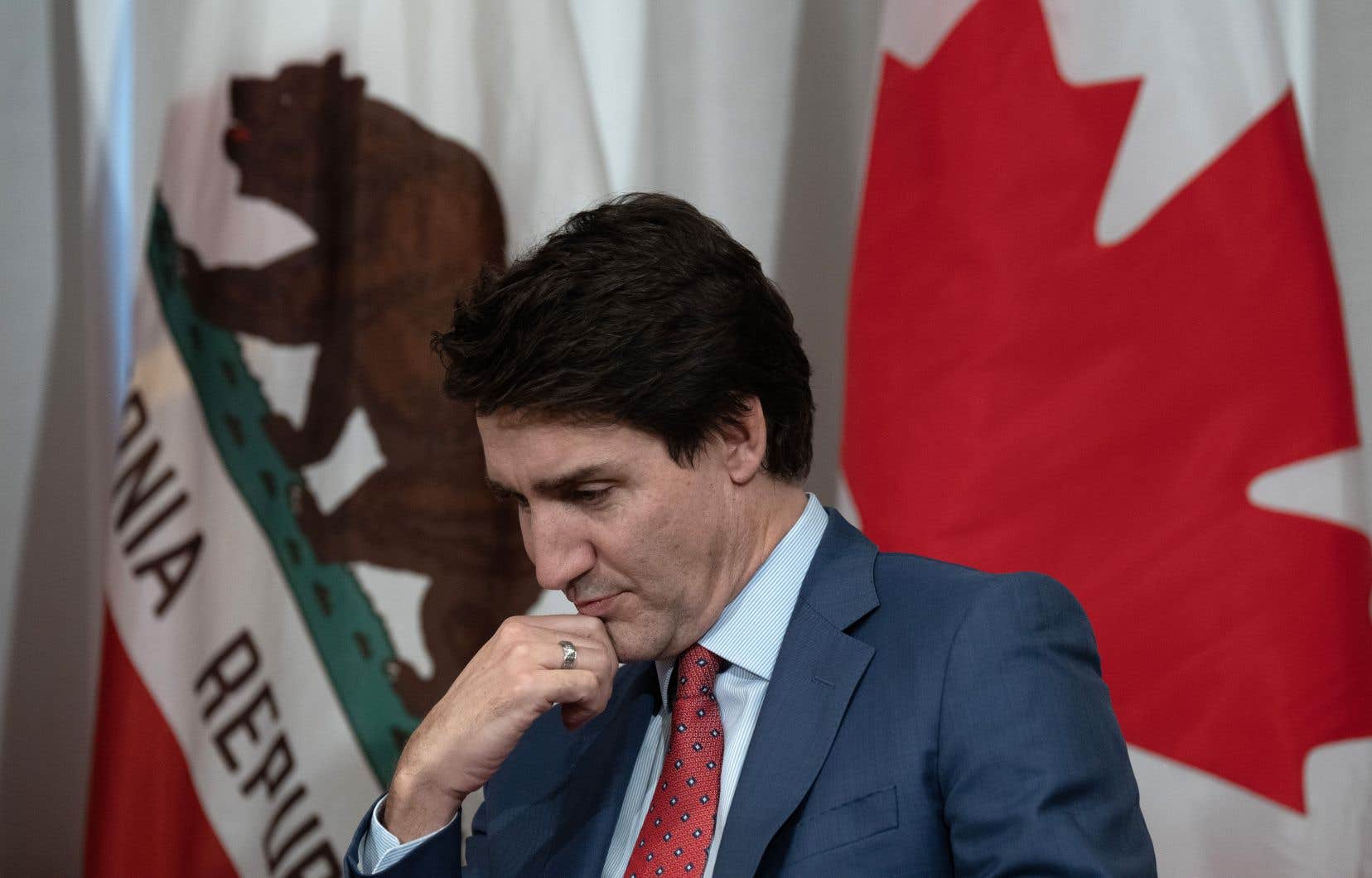Prime Minister Justin Trudeau landed in northern California on Wednesday to begin three days of meetings with leaders of the Asia-Pacific Economic Cooperation (APEC) member countries in San Francisco.
The federal government’s newly acquired Airbus CC-330 landed at San Francisco International Airport, where Kirsten Hillman, Canada’s ambassador to the United States, led a coterie of emissaries who welcomed the first minister.
The iconic motorcycle police officers of the California Highway Patrol (CHiP) escorted the prime minister’s convoy, sirens blaring, to the limits of the security perimeter around the summit venue.
Mr. Trudeau first had a bilateral meeting with California Governor Gavin Newsom, a “liberal” politician whose efforts to combat climate change have made him an important and valuable ally of Canada.
Mr. Trudeau then toured a large agricultural distribution center, where he met with educators, government officials and leaders from the technology and agri-food sectors to discuss ways to address the rising cost. Cost of life.
He also examined a display of American and local produce, including Canadian mushrooms and potatoes, before sitting down to discuss how to maintain a healthy lifestyle at an affordable price for Canadians and their families.
“People are facing challenges at different levels,” Trudeau said, citing inflation and rising interest rates, housing shortages, and the looming specters of climate change and global conflict.
“There are many reasons why people are anxious – and when people are anxious, they tend to become really pessimistic and withdraw from our democracy and the positive future that we are trying to build,” argued the Prime Minister.
Meeting between Biden and Xi
Mr Trudeau was due to appear at an APEC reception hosted by US President Joe Biden later in the day, before a welcome dinner with technology executives.
Mr. Biden, meanwhile, spoke with Chinese President Xi Jinping on Wednesday in a bid to defuse a year of international tensions, a meeting widely seen as the focal point of the summit.
After four hours of talks, the two agreed to make an effort to stabilize bilateral relations, agreeing on measures to combat the flow of illegal fentanyl and restore military communications.
The US president told Xi: “I think it is essential that you and I understand each other clearly, leader to leader, without misconceptions or miscommunications. We must ensure that competition does not escalate into conflict. »
Senior military officials will resume the increasingly important negotiations, especially as dangerous or unprofessional incidents between the two countries’ ships and planes have increased, said an official who spoke under the cover of on anonymity to discuss the agreements ahead of Mr. Biden’s remarks.
The US official described significant exchanges between the two leaders over Taiwan, with Mr Biden blaming China for its massive military build-up around Taiwan. Mr. Xi, however, assured his counterpart that he had no intention of invading the island.
Biden, the official said, signaled that the United States is committed to continuing to help Taiwan defend itself and maintain deterrence against a possible Chinese attack, and also called on China to avoid interfere in the island’s elections next year. The official described the Taiwan side of the talks as “lucid.”
Mr. Biden also called on Mr. Xi to use his influence with Iran to make clear that Tehran and its proxies should not take steps that would lead to an expansion of the war between Israel and Hamas.
No meeting with India
Mr. Trudeau, meanwhile, will aim for tangible progress on policy priorities in the Indo-Pacific region, during bilateral meetings with other APEC leaders.
Federal officials say at least two bilateral economic initiatives with key Indo-Pacific partners will be on Canada’s list.
The absence of Indian Prime Minister Narendra Modi also makes psychodrama unlikely around Mr. Trudeau’s allegations of a link between Indian government agents and the June shooting death of a prominent Sikh leader in B.C. .
“Mr. Modi is not here, so India is not here,” said Andreas Schotter, an associate professor of business at Western University in Ontario.
“Some felt that this gave the Prime Minister [Trudeau] a chance to avoid discussion on the issue, but I don’t think it’s a good thing: I think a meeting would have been better than avoidance,” he added.
There is still a lot of important work for Canada to do at APEC, officials emphasize: it is essential to be at the table in a part of the world where the decisions that are made are likely to affect Canadians for generations.
Goals
Mr. Trudeau’s main goals include closer collaboration with APEC countries that will promote middle-class growth and healthy regional competition, all with the aim of advancing the fight against climate change.
Officials say Trudeau will encourage new Canadian efforts to foster more efficient food production and healthier supply chains, as well as remove trade barriers with Pacific nations.
The region accounts for approximately half of global merchandise trade and is the destination for more than 88% of Canadian exports. APEC’s merchandise exports and imports now both exceed US$12 trillion annually.
Canada’s share of this pie reached $1.3 trillion last year, an increase of 22%, thanks to partners such as the United States, China, Mexico, Japan, South Korea and the Vietnam.
The summit comes a year after the Liberal government launched a new $2.3 billion “Indo-Pacific strategy” aimed at strengthening regional alliances to guard against China’s growing power.
